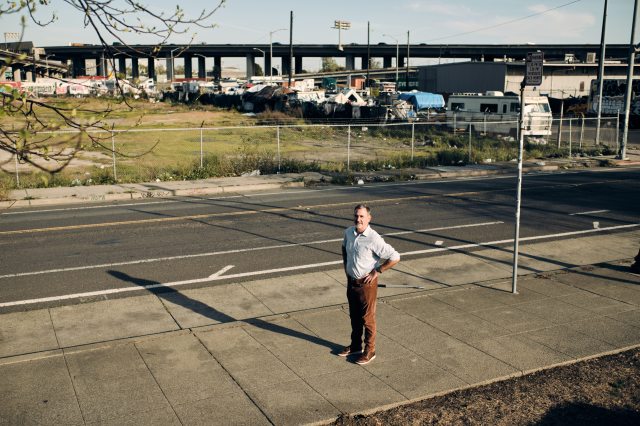Stalled and Stymied: How California's Green Tape Chokes Development

California's landmark environmental protection law, CEQA, has become a double-edged sword, effectively stalling critical housing and infrastructure developments across the Bay Area. These legal challenges are blocking crucial projects that could provide much-needed housing solutions, including transit-adjacent apartments, student housing complexes, and other vital urban developments.
The California Environmental Quality Act, originally designed to protect environmental interests, has increasingly become a tool for blocking progressive urban planning initiatives. Developers and local governments find themselves entangled in complex legal battles that delay or completely derail projects aimed at addressing the region's severe housing shortage.
Particularly impacted are housing developments located near public transit stations—precisely the type of smart, sustainable urban growth that could help reduce carbon emissions and improve regional mobility. Student housing projects, critical for supporting California's higher education system, are also caught in this regulatory gridlock.
These CEQA challenges not only impede housing construction but also contribute to escalating housing costs and limited housing availability. The unintended consequences of these legal obstacles are creating significant barriers to addressing the Bay Area's ongoing housing crisis, leaving many residents struggling to find affordable living spaces.
